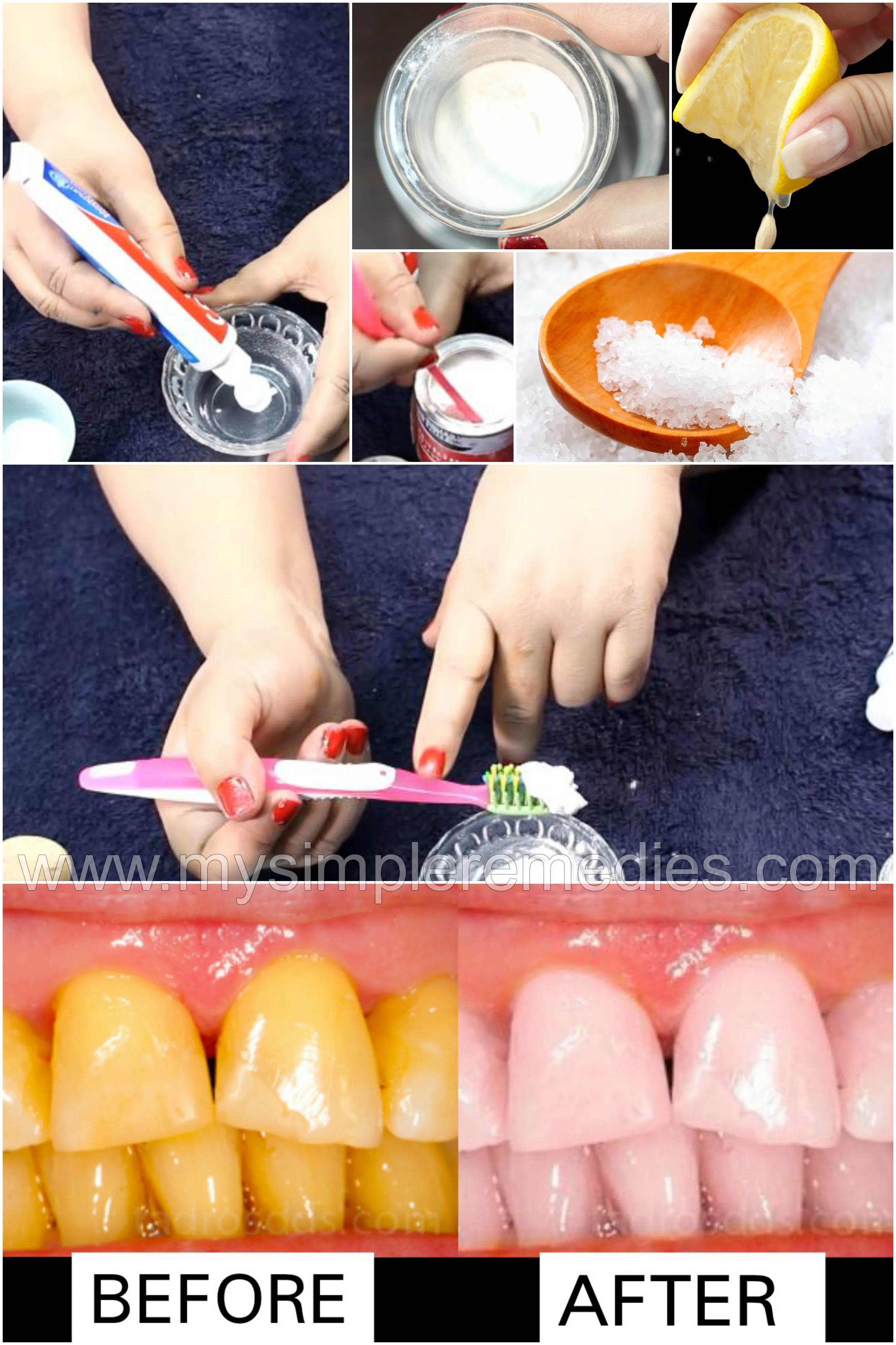Understanding Teeth Discoloration
Teeth discoloration is a common cosmetic concern that can affect your smile and self-confidence. It occurs when the enamel, the hard outer layer of your teeth, becomes stained or the underlying dentin, which is naturally yellowish, shows through. Discoloration can range from surface stains to deeper, intrinsic changes within the tooth structure. Understanding the causes of teeth discoloration is the first step in effectively addressing it and finding the right solutions to regain a brighter, whiter smile. Various factors contribute to the color of your teeth, and knowing these factors can help you prevent or manage discoloration effectively.
Common Causes of Stained Teeth
Several factors contribute to teeth staining. Extrinsic stains appear on the surface of the enamel, often caused by foods, drinks, and habits that deposit pigments. Intrinsic stains originate from within the tooth, resulting from issues like aging, medications, or trauma. Genetic factors also play a role; some individuals are simply predisposed to having less bright teeth. In some cases, excessive fluoride exposure during childhood can cause fluorosis, a condition that leads to white or brown spots on the enamel. Furthermore, certain medical treatments, such as chemotherapy or radiation, can affect tooth color. Recognizing these diverse causes helps you to choose the most suitable whitening approach.
Foods and Drinks that Stain Teeth
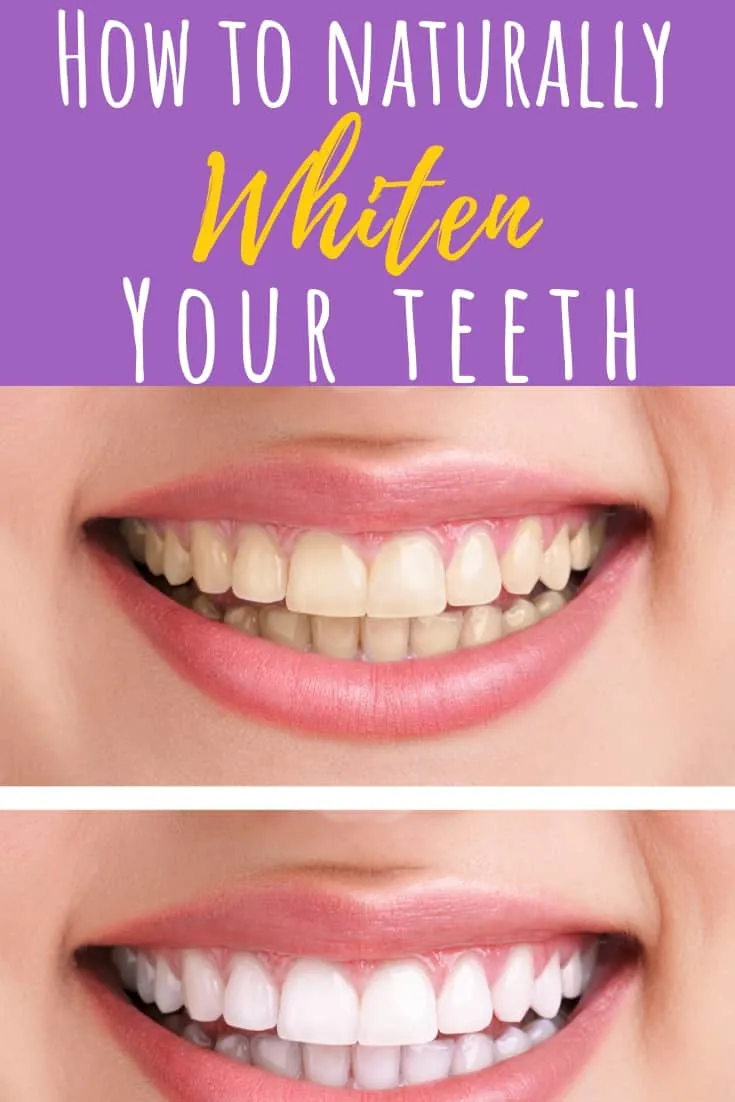
Many foods and drinks are notorious for causing tooth stains. Dark-colored beverages like coffee, tea, and red wine contain chromogens, pigments that easily adhere to tooth enamel. Similarly, berries, such as blueberries, raspberries, and blackberries, are rich in pigments that can stain teeth. Sauces like soy sauce and balsamic vinegar are also culprits. Regularly consuming these items can lead to gradual discoloration, so be mindful of your diet. Brushing your teeth soon after consuming these foods and drinks can help minimize staining. Consider using a straw for beverages and rinsing your mouth with water to help remove staining substances from your teeth.
Lifestyle Habits Impacting Tooth Color
Certain lifestyle habits significantly impact the color of your teeth. Smoking and using tobacco products are major contributors to tooth staining. The nicotine and tar in tobacco leave behind stubborn stains that can be challenging to remove. Poor oral hygiene is another factor. Insufficient brushing and flossing allow stains to accumulate and worsen over time. Furthermore, the natural aging process contributes to yellowing as enamel thins, and the underlying dentin becomes more visible. Regular dental checkups and professional cleanings can help to address the effects of these lifestyle choices and maintain a bright, healthy smile. Maintaining a good oral hygiene routine is crucial for preventing and managing teeth discoloration.
Effective Home Remedies for Teeth Whitening
Fortunately, several home remedies can help whiten your teeth. These methods are often less expensive and more convenient than professional treatments, offering a practical way to improve your smile. However, it’s important to approach home remedies with caution, as some can be abrasive or ineffective if not used properly. Always prioritize your oral health by consulting with a dentist before trying any new whitening methods. These remedies can be a good starting point for achieving a brighter smile. Remember that consistency and proper usage are key to seeing positive results with home teeth whitening methods.
Baking Soda and Hydrogen Peroxide for Teeth Whitening
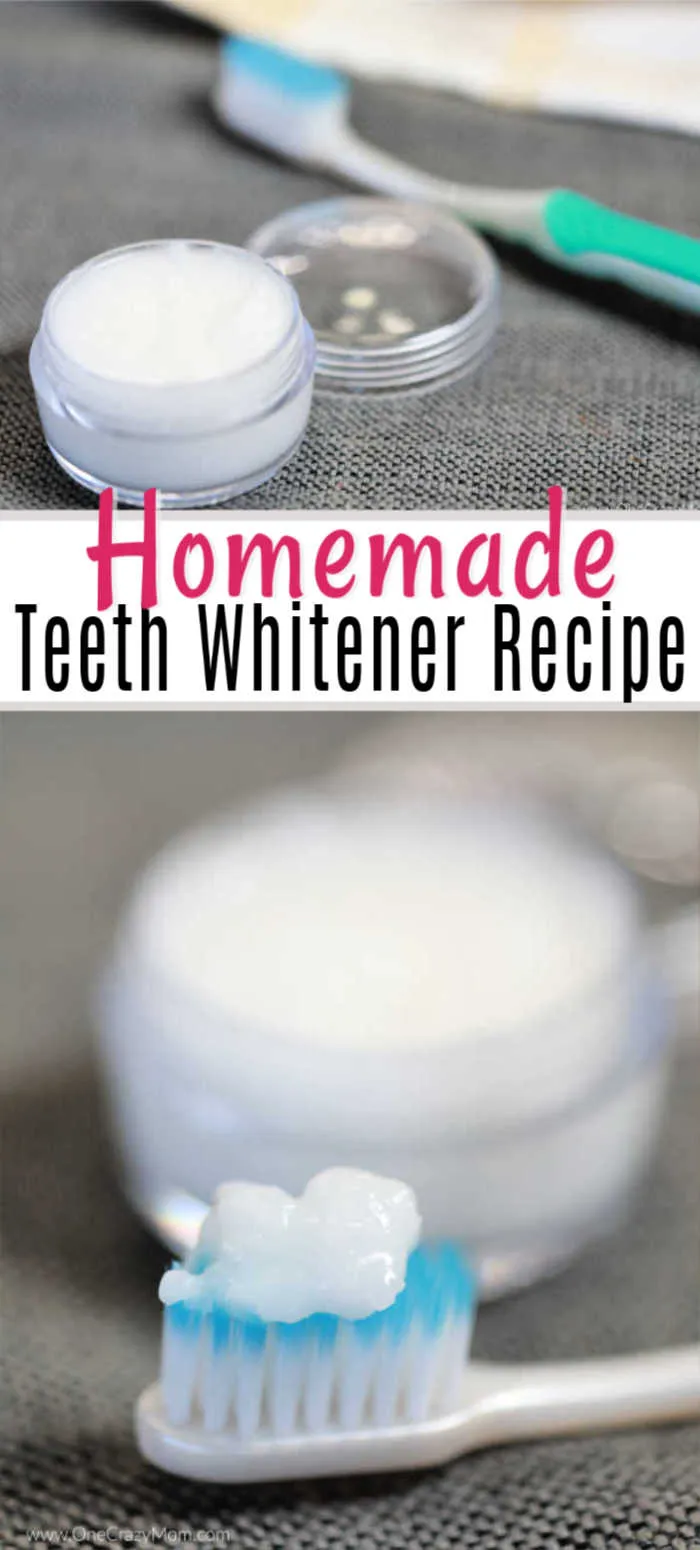
A popular home remedy involves using baking soda and hydrogen peroxide. Baking soda acts as a mild abrasive, helping to scrub away surface stains, while hydrogen peroxide has bleaching properties. This combination can provide noticeable whitening effects over time. However, it’s crucial to use this method cautiously to avoid damaging your enamel. Always use the recommended proportions and frequency, and listen to your teeth for any signs of sensitivity or irritation. Many people find this combination effective for gently removing stains and improving the overall brightness of their teeth, when used properly. Consistency is key to seeing the best results from this home remedy.
Using Baking Soda Safely
When using baking soda for teeth whitening, safety should be your top priority. Mix a small amount of baking soda with water to form a paste. The paste should be thin enough to spread easily. Apply this paste to your toothbrush and gently brush your teeth for about two minutes. Avoid brushing too aggressively, as this can erode your enamel. Use this method no more than twice a week to prevent potential damage. Rinse your mouth thoroughly after brushing. Baking soda is a gentle abrasive, so it should be used sparingly to avoid any adverse effects. If you experience any increased sensitivity or irritation, discontinue use immediately and consult with a dentist.
Hydrogen Peroxide Concentration
Hydrogen peroxide is a bleaching agent, so it is important to use it with caution. Choose a 3% hydrogen peroxide solution, which is readily available at most drugstores. Higher concentrations can cause significant damage and should never be used without professional guidance. Mix a small amount of the hydrogen peroxide with the baking soda paste, or use it as a mouth rinse after brushing with baking soda. If using as a rinse, swish it around in your mouth for about 30-60 seconds and then spit it out. Avoid swallowing the solution. Always consult your dentist to ensure that hydrogen peroxide is safe for your specific oral health needs.
Coconut Oil Pulling for a Brighter Smile

Coconut oil pulling is an ancient Ayurvedic practice believed to promote oral health and whiten teeth. The oil helps to remove bacteria and toxins from the mouth, which can contribute to staining. This method is a natural and gentle way to improve the appearance of your teeth. Coconut oil also has anti-inflammatory properties, which can benefit your gums and overall oral health. Many people find coconut oil pulling to be a pleasant addition to their oral hygiene routine. It is a gentle approach to improving oral health and achieving a brighter smile naturally. Regular use can lead to improvements in both the appearance and health of your teeth and gums.
How to do Oil Pulling
To perform oil pulling, take about one tablespoon of coconut oil and swish it around in your mouth for 15-20 minutes. Ensure the oil reaches all areas of your mouth. After swishing, spit the oil into a trash can, as it can clog drains. Rinse your mouth with water and brush your teeth as usual. The oil pulls out bacteria and toxins as you swish, leaving your mouth feeling cleaner and your teeth potentially brighter. It’s best to do this first thing in the morning on an empty stomach. Consistent practice is key to seeing benefits; aim to incorporate this into your daily routine. If you find the time commitment challenging, starting with shorter durations can help you adjust.
Benefits of Coconut Oil
Coconut oil offers several benefits for oral health beyond teeth whitening. It is naturally antibacterial and antifungal, which helps to reduce the bacteria that cause cavities and gum disease. The oil also helps to moisturize your mouth, reducing dryness and irritation. Its anti-inflammatory properties can soothe irritated gums and promote overall oral wellness. Many users report fresher breath, improved gum health, and a noticeable reduction in plaque buildup. Coconut oil is a safe and effective option for those seeking natural oral health remedies, making it a valuable addition to your daily routine. Choosing high-quality, organic coconut oil ensures the best results and purity.
Whitening with Fruit Peels
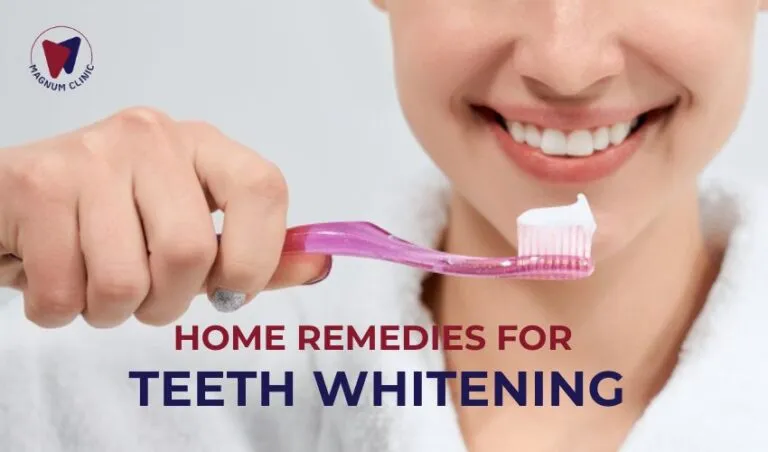
Some fruits contain natural acids and enzymes that can help remove surface stains. While the results are often mild, fruit peels offer a natural approach to teeth whitening. It’s essential to be gentle and avoid excessive use to prevent damage to your enamel. These methods should be used in conjunction with other oral hygiene practices to achieve the best results. Consider consulting with a dentist to ensure these remedies are suitable for your specific needs. Fruit peels can be a part of a broader approach to maintaining a bright, healthy smile. Using fruit peels for whitening is a gentle way to address surface stains, but it is not a replacement for regular dental care.
Strawberry Whitening
Strawberries contain malic acid, which can help to remove surface stains. Mash a ripe strawberry into a paste. Apply the paste to your teeth and leave it on for a few minutes, then rinse. Avoid rubbing the strawberries vigorously on your teeth, as this can damage your enamel. This method is gentle and can be used a few times a week. Remember that the whitening effect is often subtle and best used as a complementary method. Strawberries offer a natural and tasty way to potentially brighten your smile, but they are not a primary whitening solution.
Orange Peel Whitening
Orange peels are another option. The outer part of the peel contains limonene, a natural solvent that can help to whiten teeth. Rub the inside of an orange peel directly onto your teeth for a few minutes. The oils and acids in the peel can help to remove stains. Rinse your mouth thoroughly afterward. This method is gentle and can be repeated a few times a week. Remember that while orange peels can help, they are not a substitute for professional teeth whitening. Always ensure to rinse your mouth after using orange peels to minimize any potential acid exposure.
Maintaining Your White Smile
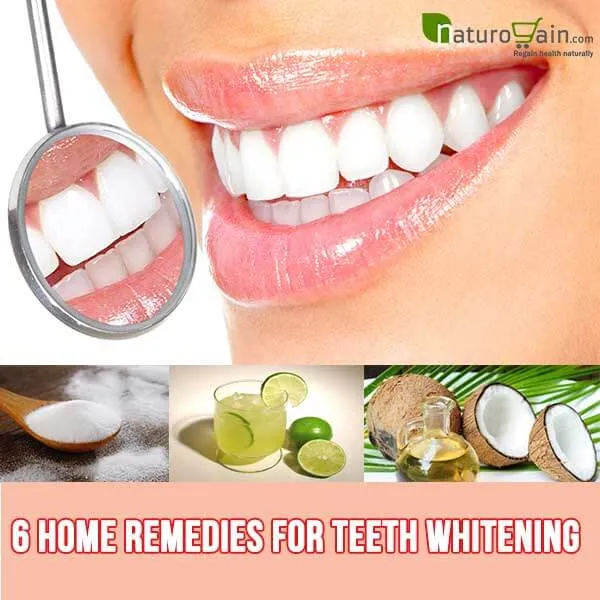
Maintaining a white smile requires consistent effort and good oral hygiene practices. Brush your teeth at least twice a day with a fluoride toothpaste. Floss daily to remove plaque and food particles from between your teeth. Rinse your mouth with water after consuming staining foods and drinks. Regular dental checkups and professional cleanings are essential for removing built-up stains and keeping your teeth healthy. You should also limit your intake of staining substances like coffee, tea, and red wine. A combination of these practices will help to prolong the results of any whitening treatments and keep your smile bright. Prioritize these daily habits to keep your teeth looking their best.
Tips for Preventing Future Staining
Preventing future staining is as important as whitening your teeth. Limit your consumption of staining foods and drinks like coffee, tea, and red wine. Rinse your mouth with water or brush your teeth soon after consuming these items to minimize staining. Quit smoking and avoid tobacco products, as they are major contributors to tooth discoloration. Maintain excellent oral hygiene by brushing and flossing regularly, which helps remove plaque and prevents stains from setting in. Use a straw when drinking beverages that can stain your teeth, and consider using a whitening toothpaste. Regular dental checkups and professional cleanings are essential for maintaining a bright smile and preventing future discoloration.
Importance of Regular Dental Checkups
Regular dental checkups and professional cleanings are vital for maintaining oral health and a bright smile. Dentists can identify and address any underlying issues contributing to teeth discoloration. They can also provide professional teeth cleaning, removing plaque and stains that brushing and flossing alone cannot eliminate. During checkups, dentists can offer personalized advice on oral hygiene practices and recommend whitening options. Regular visits help prevent and treat oral health problems before they become serious. They also help you maintain optimal oral health. A dentist can ensure your teeth are healthy and give you valuable advice for a lasting, bright smile. Schedule checkups every six months to keep your teeth in their best condition.
